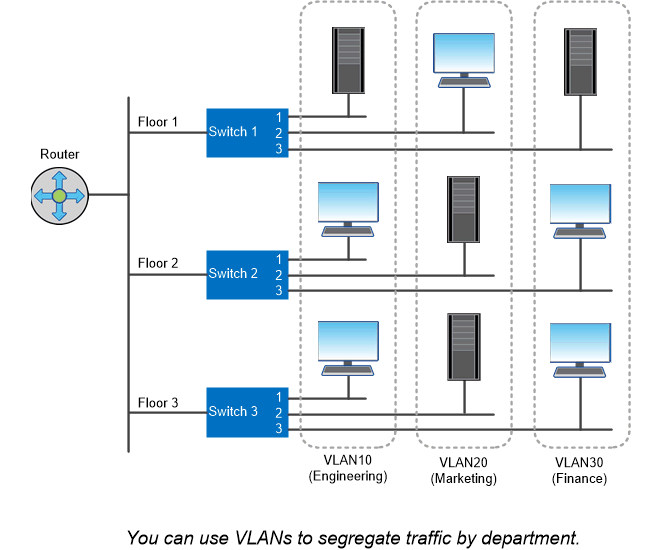Logical ports
 Suggest changes
Suggest changes


-
 PDF of this doc site
PDF of this doc site
-
 Cluster administration
Cluster administration
-
 Volume administration
Volume administration
-
 Logical storage management with the CLI
Logical storage management with the CLI
-
-
 NAS storage management
NAS storage management
-
 Configure NFS with the CLI
Configure NFS with the CLI
-
 Manage NFS with the CLI
Manage NFS with the CLI
-
 Manage SMB with the CLI
Manage SMB with the CLI
-
 Manage file access using SMB
Manage file access using SMB
-
-
-
 Security and data encryption
Security and data encryption
-
 Data protection and disaster recovery
Data protection and disaster recovery
-
 Data protection with the CLI
Data protection with the CLI
-
-
Collection of separate PDF docs
Creating your file...
In addition to the physical ports provided on each node, you can use logical ports to manage network traffic. Logical ports are interface groups or VLANs.
Interface groups
Interface groups combine multiple physical ports into a single logical “trunk port”. You might want to create an interface group consisting of ports from NICs in different PCI slots to ensure against a slot failure bringing down business-critical traffic.
An interface group can be single-mode, multimode, or dynamic multimode. Each mode offers differing levels of fault tolerance. You can use either type of multimode interface group to load-balance network traffic.
VLANs
VLANs separate traffic from a network port (which could be an interface group) into logical segments defined on a switch port basis, rather than on physical boundaries. The end-stations belonging to a VLAN are related by function or application.
You might group end-stations by department, such as Engineering and Marketing, or by project, such as release1 and release2. Because physical proximity of the end-stations is irrelevant in a VLAN, the end-stations can be geographically remote.




 Release notes
Release notes